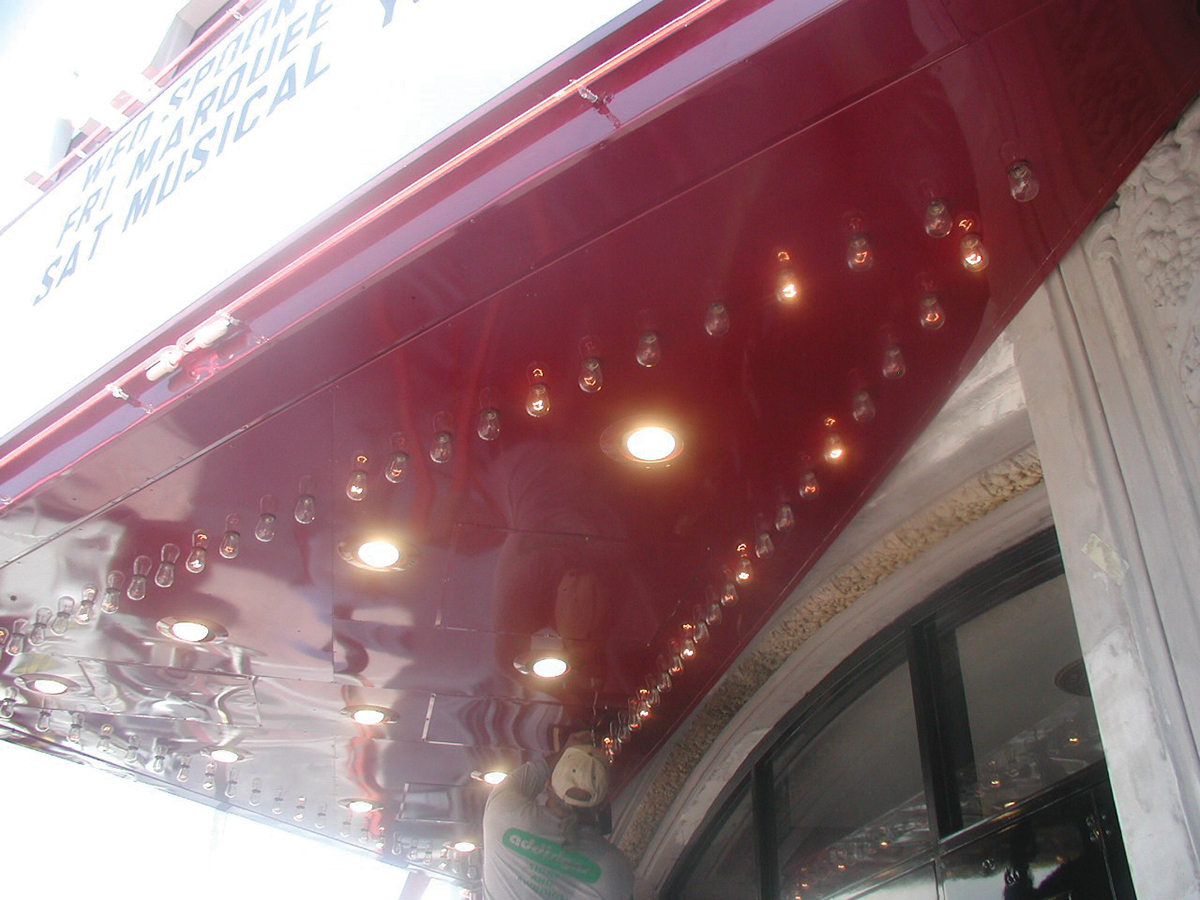Question: GTO cable
Which GTO cable types may be used in electric signs? I am especially interested in the cable that looks like a coaxial cable.
Answer
The following GTO cable types may be used in electric signs (UXYT), and in field-installed skeleton tubing (UZBL):
GTO Cable (general information)
— GTO cable is listed under UL’s category Gas Tube Sign and Ignition Cable (ZJQX) in the General Information Directory (white book) and Electrical Construction Equipment Directory (green book). UL listed GTO cable is available in three voltage ratings, 5 kV, 10 kV, and 15 kV, which correspond to the UL designations GTO-5, GTO-10 and GTO-15, respectively. The voltage rating and corresponding designation are marked on the cable.
GTO cable used in electric signs is rated for a maximum service temperature of 60°C, unless marked otherwise. The construction of GTO cable consists of a single stranded conductor of a size ranging from No. 18-10 AWG, which is also marked on the cable. The insulation consists of a single layer, with or without an outer jacket.
GTO Cable With Braided Shield —
The GTO cable construction that resembles a coaxial cable includes a braided shield over the high voltage insulation and has an outer polymeric jacket over the shield. This cable construction is UL listed and has been evaluated for the same applications as GTO cable.
GTO Cable Used With GTO Cable
Sleeving — For UL Listed Signs (UXYT), listed GTO cable may be used only within the sign or other electrical enclosure, or installed using one of the wiring methods specified in UL 48, Standard for Electric Signs. In place of the specified wiring methods, exposed lengths of GTO cable used in dry and damp locations may be provided with UL Listed GTO Cable Sleeving (UYMR, Sign Accessories). GTO cable used with Listed GTO Cable Sleeving has not been evaluated by UL for use in wet locations or where concealed within a wall or attic, or above a suspended ceiling.
GTO Cable With Integral Sleeve —
Listed GTO cable marked “LISTED WITH INTEGRAL SLEEVE” is similar to GTO cable, except the insulation is thicker for the integral sleeve cable. GTO cable with integral sleeve is intended to be used in the same manner as GTO cable with Listed GTO Cable Sleeving. Supplemental cable sleeving is not required for integral sleeve GTO cable.
GTO Cable Used in Field-Installed
Skeleton Tubing – When used in fieldinstalled skeleton tubing, GTO cable must be installed in accordance with Part B of Article 600 of the NEC®. UL listed field-assembled systems, intended for permanent installation in accordance with Article 600, are covered under the category Field Assembled Skeletal Neon and Outline Lighting Systems (UZBL).
Question: Daisy-chaining outlet strips
I have been told that “daisy-chaining” outlet strips may present a potential fire and/or electrical hazard. I want to use two listed strips, each with integral 10A overcurrent protection, connected in series, to provide power to several pieces of computer equipment on adjacent desks. The total connected load would be less than 10A. Would you comment on whether (or why) this may be a fire hazard or dangerous practice, if all other requirements of the NEC® are followed? What other applications for extension cords might create a safety concern?
Answer
Extension cords (cord sets) and outlet strips (relocatable power taps) are not intended to be used as a substitute for fixed wiring in a structure. They provide power to portable appliances, such as personal computers and peripherals. Relocatable power taps are considered extensions of the branch circuit. Therefore, they are intended to plug directly into a branch-circuit outlet, not another relocatable power tap or an extension cord. Extension cords are intended to extend the power supply cord of electrical equipment, and should be marked with a current rating sufficient for the load of the connected equipment.
Use of these devices in series has not been evaluated by UL. Potential overheating can be one concern with a series arrangement. Other considerations in a seriesconnected arrangement include the reaction between overcurrent protective devices on relocatable power taps, increased voltage drop, potential tripping hazards, and an increased likelihood that additional available outlets may lead to an overload.
Extension cords attached to building surfaces with staples or other connectors may be subject to weathering, damage from the staples, mechanical abuse, strain or repeated flexing. In some cases, they may be placed under carpet, through holes in walls, floors, or ceilings: or through openings in partitions with sharp edges. These are conditions that can result in damage to the insulation or conductors, and increase the likelihood of an electric shock or fire. In these situations, the extension cords are a substitute for fixed wiring in a structure, which is prohibited by Section 400-8 of the NEC®.
While the NEC® doesn’t specifically reference series-connection of relocatable power taps or extension cords, this arrangement is prohibited by the Uniform Fire Code (UFC), Section 8508.3, and the 2000 International Fire Code (IFC)-Final Draft, Section 605.4.2. These Codes indicate that power taps are required to be directly connected to a permanently installed receptacle. Regarding extension cords, the UFC and IFC Final Draft each require that extension cords be plugged directly into an approved receptacle, power tap or multiplug adapter.














Find Us on Socials